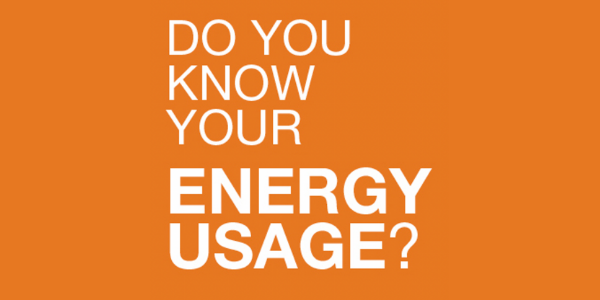
Electricity rates are going up, again
Do you get a lot of mail from BGE? Especially mail that compares you to your neighbors in terms of efficient use of electric power?
“Here’s how you compare to your neighbors,” said my recent Home Energy Report, purporting to give me “context on your energy use to help you make smart, energy-saving decisions.” The answer for our household in a word: poorly. My 2,662 energy units were 40 percent above my “average neighbors” and 300 percent above my “efficient neighbors.”
Who are these “efficient neighbors” who live in and around Bolton Hill in big houses, mostly built around the time of the Civil War? A West Lafayette Street neighbor, also deemed a poor energy saver by BGE, insists that the so-called neighbors must be squatters in empty houses and apartments, maybe even some that are abandoned and disconnected.
Not so, says Amanda Janaske, part of the BGE team working on Empower Maryland, a state-mandated public awareness program designed to inform and perhaps shame resident users into making their houses more energy efficient and their usage less wasteful. She was helpful in explaining the program and the thinking behind it. Two surprising takeaways:
- BGE knows a lot about you: the size and age of your residence, the number of people in your household, your usage patterns, when you are at home and away, and other information that you have provided or they have discovered.
- BGE’s energy-use awareness program is paid for by you, based on your electricity usage. The more kilowatt hours you consume, the more you pay BGE each month to tell you how to consume less. See the fine print on your monthly statement. You also pay them for the energy you consume, of course. They make money, either way.
That second number, BGE electricity supply rates, bounced up as of Oct. 1 by a bit more than 8 percent under a state-approved rate for standard offer service of 7.349 cents per kwh. That rate extends through May 31, 2021. (In my case, that means a bump of about $50 at fall usage levels.) A new, probably increased rate will be set this month for the next year beginning June 2021.
Ms. Janaske says the “neighbor-to-neighbor comparison is based on behavioral science studies that show keeping up with your neighbors is a greater motivator for changing behavior” than other obvious ones like saving money or doing good or reducing greenhouse gases. “There is competitiveness in all of us,” she said.
The Empower Maryland program, she said, was mandated by legislation passed in 2008 that seeks to reduce energy consumption by 2 percent annually. “Our main goal is to help educate you on home energy efficiency,” she said. Collecting comparative data became easier for BGE with the installation of household Smart Meters after 2012. Empower Maryland applies to all electricity providers in the state, not just BGE.
“There is no typical neighborhood,” she said. Your residence is matched with a cohort of up to 100 homes of comparable size, age and occupancy within a mile or so of where you live. So-called “efficient neighbors” are the most efficient 20 percent of that grouping. Vacant and disconnected properties are, contrary to folk wisdom, not included. “We’re constantly recalculating. Our goal is no bill surprises, so we are proactive to help our customers understand these issues.”
The Empower Maryland program is set to expire in 2023, Janske said, with public hearings on extending or modifying it expected next year. For more information on the state’s role go here and also to https://bgesmartenergy.com/.
– Bill Hamilton
